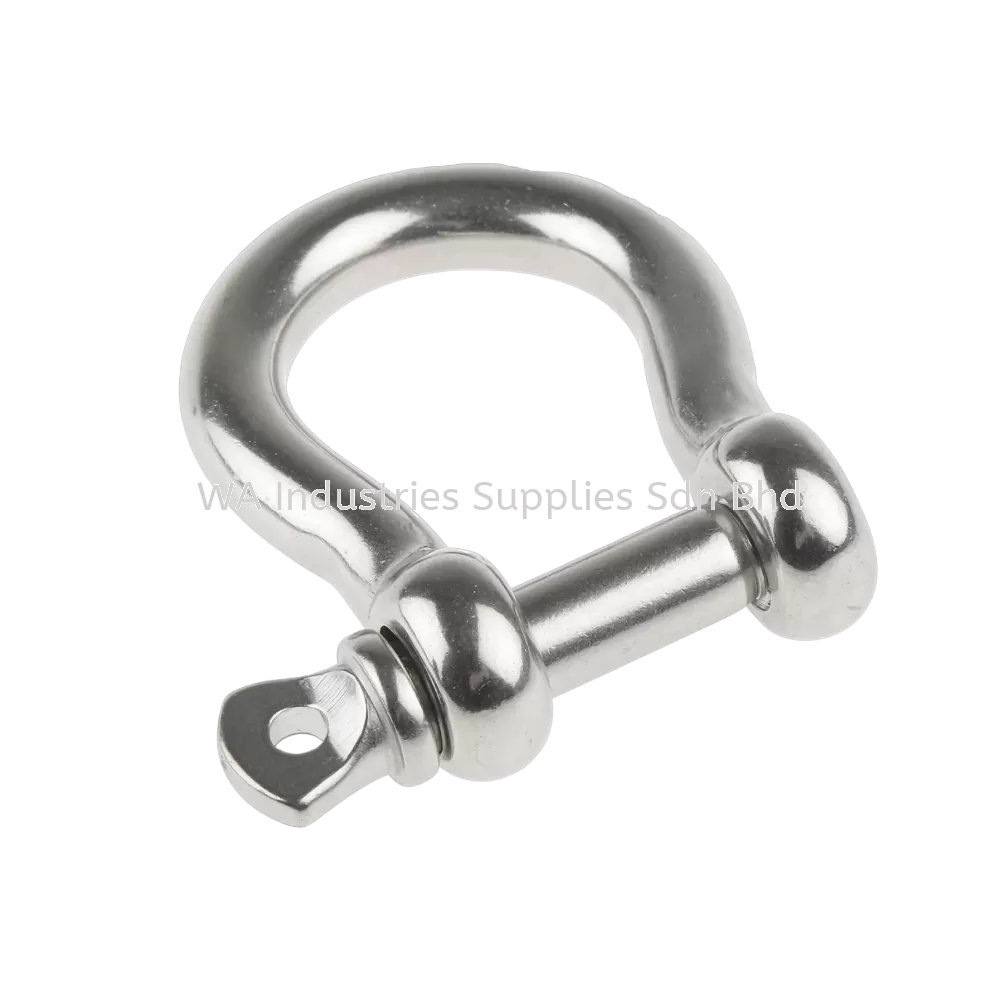Attachment Point
Connecting links provide a secure and reliable attachment point for connecting various components in a rigging system, such as chains, wire ropes, and slings. They act as a link between these components, facilitating the assembly and disassembly of the rigging system.
Versatility
These links come in various shapes and sizes, including D-shaped, pear-shaped, and oblong-shaped, to accommodate different types of rigging equipment and load configurations. This versatility allows for flexibility in designing and customizing rigging systems to suit specific lifting requirements.
Load Distribution
Connecting links help distribute the load evenly across multiple attachment points, reducing the stress on individual components and ensuring that loads are securely supported. This load distribution is crucial for safe lifting operations, especially when lifting heavy or irregularly shaped loads.
Safety
Connecting links are typically designed with safety in mind. Many have load rating markings that provide information about their safe working load limits. This helps ensure that the rigging system operates within safe parameters, reducing the risk of overloading and accidents.
Durability
These links are manufactured from high-strength materials, such as alloy steel or stainless steel, to withstand heavy loads and resist wear, corrosion, and deformation. Their durability is essential in demanding industrial environments where rigging equipment is subjected to significant stress and wear.
Ease of Assembly and Disassembly
Connecting links are designed for ease of use, making it simple to connect or disconnect rigging components. This feature enhances the efficiency of rigging operations, allowing for quick setup and teardown.
Versatile Rigging Configurations
By using connecting links, rigging professionals can create various configurations to suit different lifting or load-handling scenarios. This adaptability is valuable in industries where lifting requirements vary widely.
Marine and Offshore Applications
Connecting links are often used in marine and offshore industries, where they must withstand saltwater exposure and harsh marine conditions. Stainless steel or galvanized connecting links are common choices for these applications due to their corrosion resistance.
Inquiry - Connecting Link












